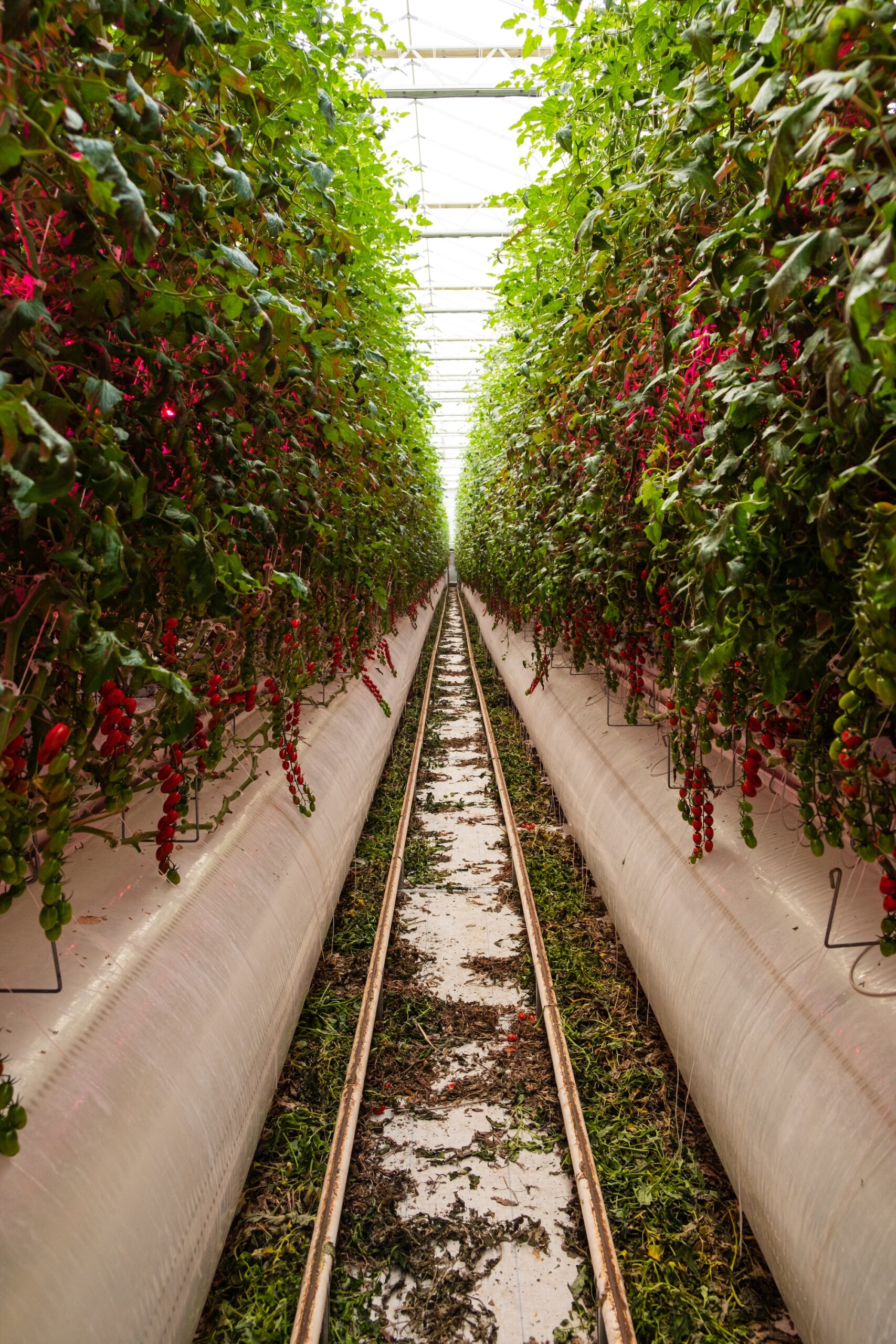
In an age where environmental concerns are at the forefront, embracing a sustainable lifestyle has never been more important. By making small, conscious changes in our daily routines, we can significantly reduce our environmental footprint and contribute to a healthier planet. Here’s a comprehensive guide to simple yet impactful changes you can make for a greener lifestyle.
1. Reduce Waste
Minimize Single-Use Plastics: One of the easiest ways to start living sustainably is to reduce your reliance on single-use plastics. Items like plastic bags, bottles, and straws contribute significantly to pollution. Instead, opt for reusable alternatives such as cloth bags, stainless steel water bottles, and metal or bamboo straws.
Compost Organic Waste: Composting is a natural process that turns organic waste into valuable fertilizer. By composting food scraps and yard waste, you can reduce the amount of garbage sent to landfills and enrich your garden soil at the same time.
Recycle Properly: Familiarize yourself with your local recycling guidelines and ensure you are sorting your recyclables correctly. Items like paper, cardboard, glass, and certain plastics can often be recycled, reducing the demand for new materials.
2. Conserve Energy
Switch to LED Bulbs: LED bulbs use up to 80% less energy than traditional incandescent bulbs and last much longer. Making the switch can significantly reduce your household energy consumption and save you money on your electricity bill.
Unplug Electronics: Many electronics consume energy even when they are turned off, a phenomenon known as “phantom load.” Unplugging devices when not in use or using a power strip can help eliminate this unnecessary energy drain.
Invest in Renewable Energy: Consider installing solar panels on your home. While the initial investment can be high, solar energy can drastically reduce your electricity bills and your reliance on fossil fuels over time.
3. Eco-Friendly Products
Choose Sustainable Materials: When shopping for everyday items, look for products made from sustainable materials such as bamboo, recycled paper, and organic cotton. These materials often require less energy and water to produce and are biodegradable or recyclable.
Reduce Packaging Waste: Many products come with excessive packaging, much of which is plastic. Opt for products with minimal or recyclable packaging to cut down on waste. Bulk buying can also reduce packaging waste.
Support Eco-Friendly Brands: Many companies are now prioritizing sustainability in their operations. Support these brands by purchasing their products, and you’ll be contributing to a market that values environmental responsibility.
4. Support Local and Sustainable Agriculture
Buy Locally Grown Food: Locally grown food often requires less transportation, reducing the carbon footprint associated with your meals. Visit farmers’ markets or join a community-supported agriculture (CSA) program to get fresh, local produce.
Grow Your Own Food: Starting a home garden can be a rewarding way to ensure you have access to fresh, organic produce. Even if you have limited space, container gardening or vertical gardens can provide a surprising amount of food.
Eat Seasonally: Eating seasonally means consuming fruits and vegetables that are in season in your region. This reduces the need for long-distance transportation and often results in fresher, tastier produce.
5. Water Conservation
Fix Leaks: A dripping faucet or leaky toilet can waste a significant amount of water over time. Fixing leaks promptly can save thousands of gallons of water annually.
Install Water-Saving Fixtures: Low-flow showerheads, faucets, and toilets use less water without sacrificing performance. These fixtures can reduce your water usage and lower your utility bills.
Practice Mindful Water Use: Simple habits like turning off the tap while brushing your teeth, taking shorter showers, and using a broom instead of a hose to clean driveways can make a big difference in your water consumption.
6. Reduce Your Carbon Footprint
Use Public Transportation: Cars are a major source of greenhouse gas emissions. Whenever possible, use public transportation, carpool, bike, or walk to reduce your carbon footprint.
Drive Efficiently: If you do need to drive, practice fuel-efficient driving habits such as maintaining a steady speed, avoiding rapid acceleration, and keeping your vehicle well-maintained.
Offset Your Carbon Emissions: Many organizations offer programs to offset your carbon emissions by investing in renewable energy projects or reforestation efforts. Consider purchasing carbon offsets for your travel and daily activities.
7. Sustainable Home Improvements
Improve Insulation: Proper insulation can significantly reduce the amount of energy needed to heat and cool your home. Insulating your walls, attic, and floors can keep your home comfortable year-round while lowering energy costs.
Install Energy-Efficient Windows: Energy-efficient windows reduce heat loss in the winter and keep your home cooler in the summer. They also help reduce noise pollution and can improve your home’s overall comfort.
Use Non-Toxic Paints: Many conventional paints contain volatile organic compounds (VOCs) that can be harmful to your health and the environment. Choose low-VOC or zero-VOC paints for your next home improvement project.
8. Sustainable Fashion
Buy Second-Hand: Thrift stores, consignment shops, and online marketplaces are great places to find gently used clothing. Buying second-hand extends the life of garments and reduces the demand for new clothing production.
Choose Quality Over Quantity: Invest in high-quality clothing that will last longer rather than fast fashion items that quickly wear out. This approach not only reduces waste but can also save you money in the long run.
Support Ethical Brands: Look for brands that prioritize ethical labor practices and sustainable materials. Supporting these companies helps promote better standards in the fashion industry.
Conclusion
Living sustainably doesn’t require drastic changes or a complete lifestyle overhaul. By making small, mindful choices in various aspects of your life, you can contribute to a healthier planet and a more sustainable future. Start with one or two of these tips and gradually incorporate more sustainable practices into your daily routine. Every little bit helps, and together, we can make a significant impact.




